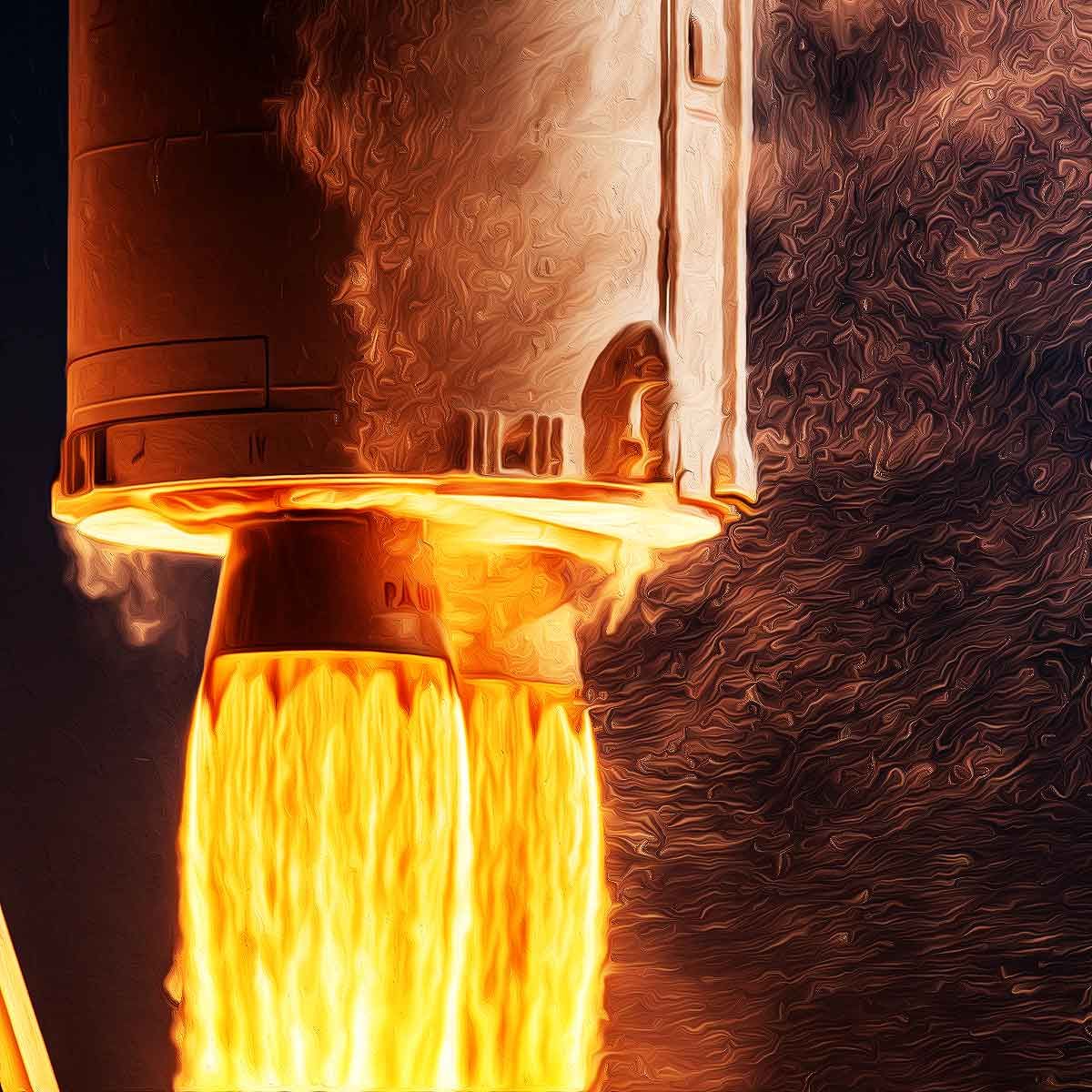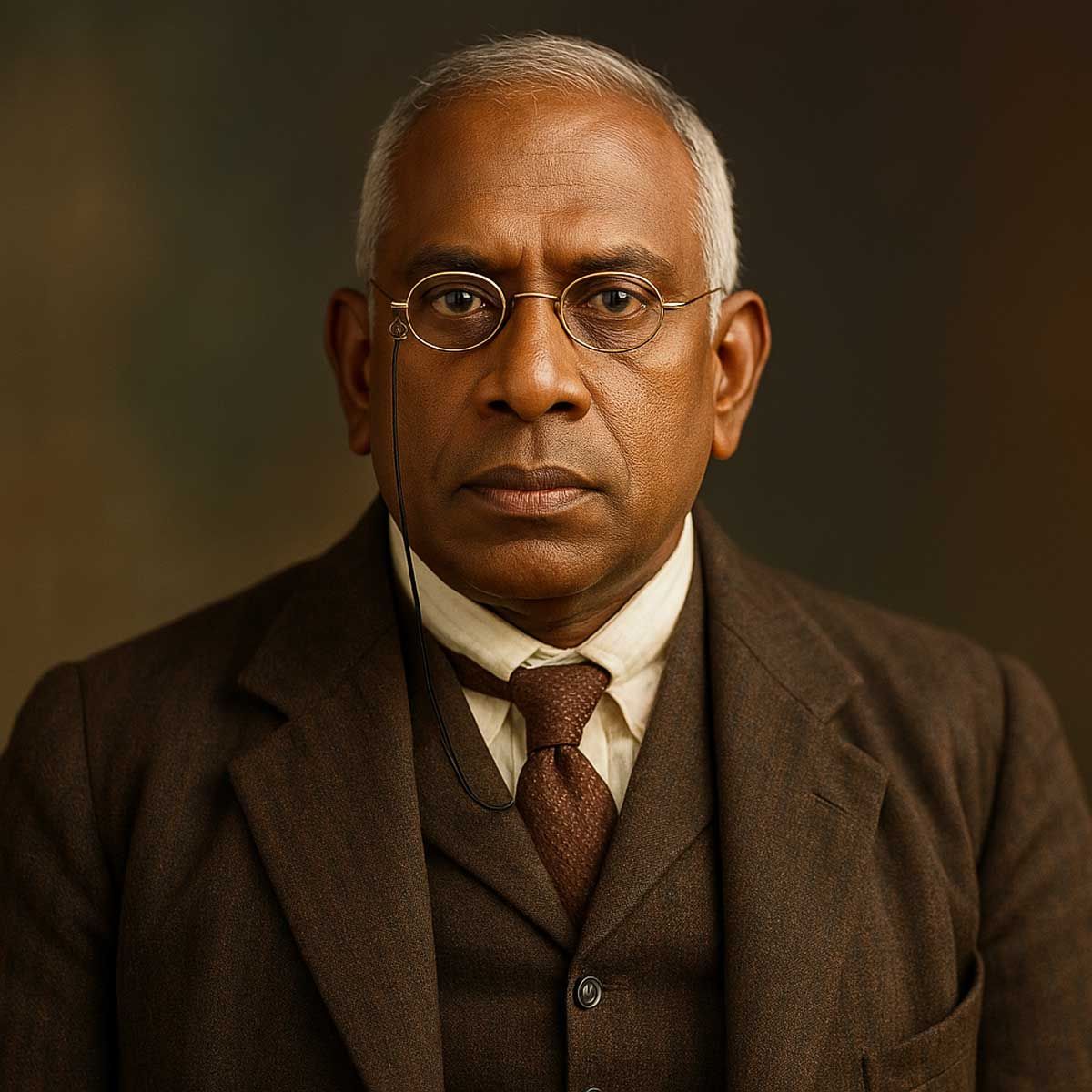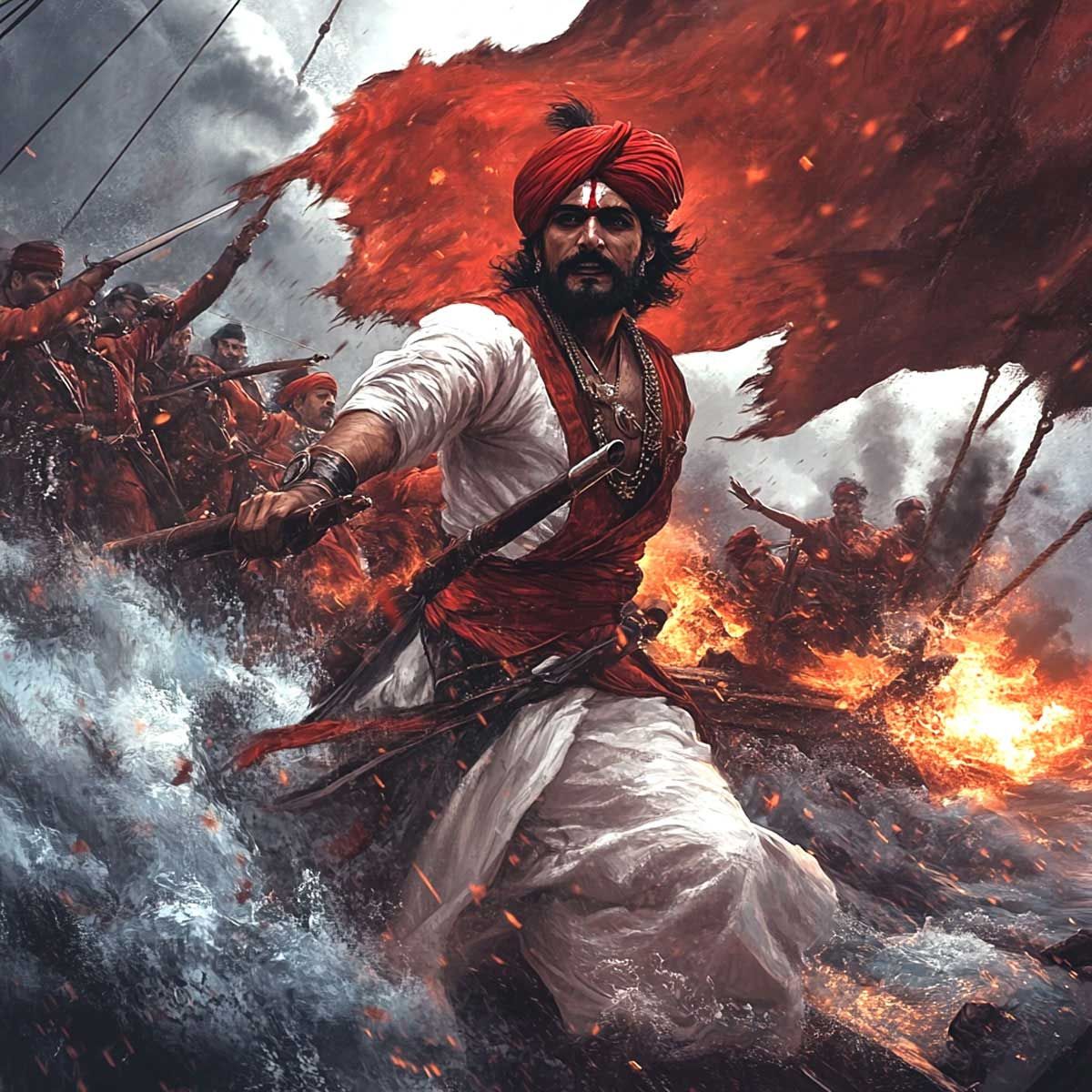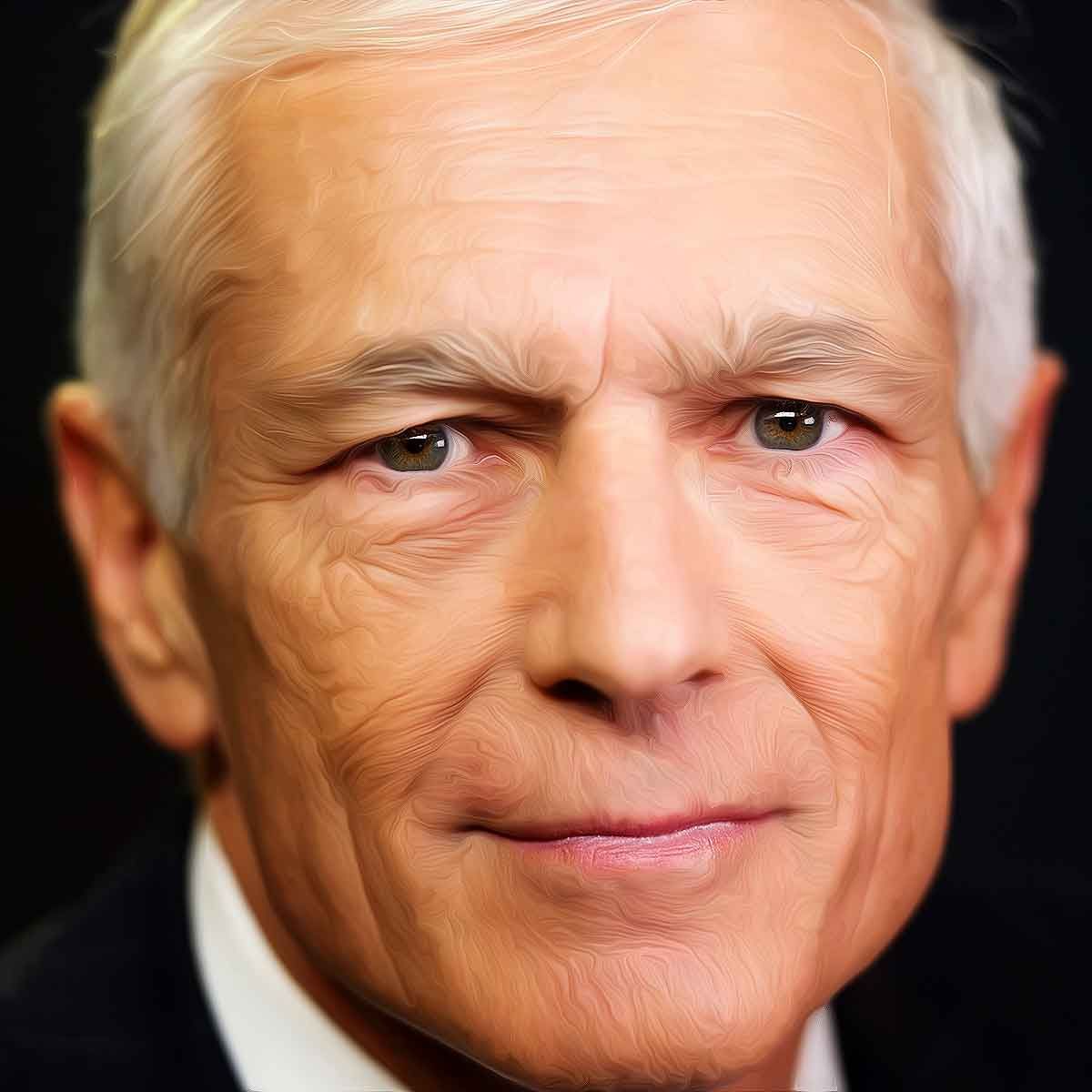MORE COVERAGE
Twitter Coverage
Satyaagrah
Written on
Satyaagrah
Written on
Satyaagrah
Written on
Satyaagrah
Written on
Satyaagrah
Written on
JOIN SATYAAGRAH SOCIAL MEDIA
"Story of India’s herculean scuffle to get the Cryogenic Engine": India's heavy lift ambitions and ultra-low-cost model could put the likes of NASA out of business, an eventuality that the USA tried to delay India’s space program as long as it can

25th December 1991, Moscow. The sickle hammer bearing the red flag was lowered, signaling the fall of the famous, mammoth, iron screen country. the Union of Soviet Socialist Republics (USSR).
The USSR was weakened by the western world’s constant pressure to push the country into a democracy. The power of the USSR was reduced to a minimum, and Russia as a country had come under the significant influence of the USA.
|
India was rapidly improving in the Space Research Programme and on 18th January 1991, the Indian Space Research Organisation (ISRO) entered into an agreement with Russian Space Agency Glavkosmos for the technology transfer of “Cryogenic Engine” which powers heavy rockets with cheaper fuel cost.
|
USA was watching India’s progress in space research and was constantly gathering information about ISRO’s future plans. India which had already developed the ballistic missile ‘Agni’ and USA was suspecting that the technology transfer of cryogenic engine will power up India to become a space power, a privilege of the elite nations.
India is the only developing country with heavy lift ambitions and its ultra-low-cost model could one day put the likes of NASA out of business. That’s an eventuality that the United States wanted to delay India’s space program as long as it can.
|
So, what is this cryogenic engine and why is it important?
India had been using solid propellent fuel which needs a heavy fuel tank with a large quantity of the fuel. This only pushes the cost high but also restricts payload weight and the travel distance.
India was constantly on the lookout for fuel that can be light in weight and energy efficient and a cryogenic engine was the answer to it.
In that, the Hydrogen and Oxygen would be used in liquid form at high pressure which can fuel the lift of heavy rockets.
Author and broadcaster Brian Harvey write in his exhaustively researched book ‘Russia in Space: The Failed Frontier’ that in the late 1980s India was looking to develop a massive rocket to launch satellites into 24-hour orbit.
India first talked to Japan but nothing came of it. Hearing of these overtures, the Indians were approached first by General Dynamics Corporation, which offered an American engine. But the cost was prohibitive as was an offer shortly thereafter from Europe’s Arianespace.
“Just then a third approach came, this time from the Soviet Union, offering two engines and technology transfer for the more reasonable price of $200 million,” writes Harvey.
The Russians were offering a secret engine, the RD-56 or KVD-1, built by the Isayev Design Bureau. The KVD-1 had unsurpassed thrust and capabilities and NASA had nothing that could match the Russian engine for years. The rocket engine was originally developed as part of the Soviet manned moon landing program as far back as 1964.
On 18th January 1991, ISRO entered into an agreement with Russian Space Agency Glavkosmos for the technology transfer of a “cryogenic engine”.
ISRO and Glovkosmos suspected that the USA would object to this technology transfer under the Missile Technology Control Regime (MTCR) – a Western cabal that aims to deny ballistic missile technology to non-Western countries, especially India.
And hence ISRO and Glovkosmos were ready with Plan B. According to this Glovkosmos would outsource the manufacturing of its cryogenic engine to Kerala Hi-tech Industries Limited (KELTEC) so that the technology would be available to India by this arrangement.
Aleksey Vasin, officer-in-charge of cryogenic technology in Glavkosmos, and ISRO Chairman U.R. Rao – believed that if Russian cryogenic technology was passed on to ISRO via KELTEC, technically it would not be a violation of the MTCR.
As expected in May 1992, the USA slapped sanctions on ISRO and Glovkosmos alleging that the arrangement violates MTCR.
|
India also pointed out the Americans had offered them the very same technology and had made no objections throughout the years 1988-92 when the arrangements had begun.
So does that mean the Americans were trying to achieve the dual aim of crippling both the Indian and Russian space programs? It was too obvious.
India and Russia said that the cryogenic engine technology was being used purely for scientific purposes and was not to be used in the missile. The MTCR was invited to inspect the technology arrangements.
Former US President Bill Clinton and his hawkish wife Hillary Rodham Clinton are for some inexplicable reason considered friends of India. It was under President Clinton that Russia backed off its proposals to transfer technology to India and suspended its agreement, invoking force majeure (circumstances beyond its control).
Under the revised Russia-India agreement in January 1994, Moscow agreed to transfer three, later renegotiated by India to seven fully assembled KVD-1 engines, without the associated technology. The United States also inserted a humiliating clause, according to which India would “agree to use the equipment purely for peaceful purposes, not to re-export it or modernize it without Russia’s consent”. No blueprints were to be given to India.
But the Glovkomos Scientist developed some liking for ISRO scientists and they decided to help the Indian scientists.
However, with American spies crawling all over Russia during the early 1990s, transferring such a large cargo wasn’t going to be easy. “ISRO first contacted Air India but the airline said it could not transport the equipment without customs clearance. And that was not possible without the American lobby in Russia coming to know about it,” J. Rajasekharan Nair reveals in his book, Spies From Space: The ISRO Frame-Up.
So ISRO entered into an agreement with Russia’s Ural Airlines, which was ready to take the risk for a little extra money. Author and broadcaster Brian Harvey writes in his exhaustively researched book ‘Russia in Space: The Failed Frontier’.
According to Harvey, “The appropriate documents, instruments, and equipment were allegedly transferred in four shipments from Moscow to Delhi on covert flights by Ural Airlines. As a cover, they used ‘legitimate’ transhipments of Indian aircraft technology traveling the other way to Moscow for testing in Russian wind-tunnels.”
This was confirmed by cryogenic team leader Nambi Narayanan who told the Indian media he was on board the flights that transported the technology to India.
By this time USA had realized that further arm twisting would not do any good and decided to try other means to scuttle the Space Programme of India, as it would be a direct threat to NASA’s business opportunity.
Nambi Narayanan by now had become a household name, who along with D. Sasikumar was in charge of cryogenic engine technology at ISRO.
The CIA seems to have been entrusted with the work of aborting ISRO’s cryogenic engine dream.
|
Nambi Narayanan being an important cog in the wheel was arrested and tortured by the Kerala Police and the Indian Intelligence Bureau. Nambi Narayanan was alleged to have sold important military information through 2 Maldivian women whom he had never met at all.
The first hint there was a foreign hand trying to destroy – or at the very least slow down – India’s space program surfaced in 1997 when five leading scientists – Satish Dhawan, U.R. Rao, Yashpal, Rodham Narasimha, and K. Chandrasekhar – along with former Chief Election Commissioner T.N. Seshan wrote a joint letter to the government, saying the espionage charges against Nambi Narayanan and Sasi Kumaran were fabricated.
These were not ordinary people – they were public figures who were building India’s space future. And yet despite their plea, the IB tortured Nambi Narayanan to get him to implicate higher-ups at ISRO. If Narayanan had cracked and acquiesced, perhaps the entire organization would have collapsed.
It is a measure of how successful the CIA was in this spy game that its agents in the Kerala Police and Intelligence Bureau (IB) were able to have a swing at just about everyone in the cryogenic project, writes Rajasekaran Nair, in his book ‘The book Spies from Space: The Isro Frame-up’
By removing the important man from the project USA had successfully scuttled the dream of ISRO and India for at least by two decades.
The case was transferred to CBI. Further investigation proved that Nambi Naryanan and Sasi Kumaran were not involved in any anti-national activity and they were acquitted and received monetary compensation for the custodial hardship and social humiliation they went through.
|
ISRO in the later years successfully developed the cryogenic engine and entered the realm of space business by launching several GSLV rockets and putting Indian and several other countries' satellites into orbit at a fraction of NASA’s cost.
India also sent a Vehicle to Mars at one-fourth cost and that too in its maiden attempt compared to USA’s several attempts.
Today, India stands tall as a formidable space power.
References:
thecommunemag.com
 Support Us
Support Us
Satyagraha was born from the heart of our land, with an undying aim to unveil the true essence of Bharat. It seeks to illuminate the hidden tales of our valiant freedom fighters and the rich chronicles that haven't yet sung their complete melody in the mainstream.
While platforms like NDTV and 'The Wire' effortlessly garner funds under the banner of safeguarding democracy, we at Satyagraha walk a different path. Our strength and resonance come from you. In this journey to weave a stronger Bharat, every little contribution amplifies our voice. Let's come together, contribute as you can, and champion the true spirit of our nation.
 |  |  |
| ICICI Bank of Satyaagrah | Razorpay Bank of Satyaagrah | PayPal Bank of Satyaagrah - For International Payments |
If all above doesn't work, then try the LINK below:
Please share the article on other platforms
DISCLAIMER: The author is solely responsible for the views expressed in this article. The author carries the responsibility for citing and/or licensing of images utilized within the text. The website also frequently uses non-commercial images for representational purposes only in line with the article. We are not responsible for the authenticity of such images. If some images have a copyright issue, we request the person/entity to contact us at This email address is being protected from spambots. You need JavaScript enabled to view it. and we will take the necessary actions to resolve the issue.
Related Articles
- "Cosmic camaraderie": India and Russia's space partnership ignites after Chandrayaan-3's lunar triumph, a legacy of cosmic camaraderie—from Aryabhata to Gaganyaan—heralds a new era of interstellar collaboration and boundless cosmic possibilities
- "India's cosmic journey: From moonbeams to sunrays": ISRO's landmark Aditya-L1 mission set to launch, promising 24x7 Sun surveillance, aiming to decode solar mysteries, it will enhance our understanding of space weather and the profound Sun-Earth dynamics
- Mysterious death of Homi Bhabha and new trend started of top Indian scientists dying under mysterious circumstances
- "And the winds and the waves are always on the side of the ablest navigators": ISRO successfully launched GSLV-F12/NVS-01 Mission from SDSC-SHAR, Sriharikota, NVS-01 first of the India's second-generation NavIC satellites that accompany enhanced features
- ISRO mum on 684 staff dead: 197 suicides and 1,733 deaths at India's nuclear establishments in last 15 yrs
- India's audacious tryst with the cosmos continues as Chandrayaan-3 flawlessly kisses the Moon's South Pole, a precise Nataraja dance of science, ambition, and national pride, this milestone heralds a new dawn in lunar exploration, Bravo ISRO 🌒🚀
- "Ambition is path to success. Persistence is the vehicle you arrive in": India scripted history as ISRO successfully launches 36 OneWeb broadband satellites in heaviest LVM3-M2 rocket on its debut commercial mission, all satellites separated successfully
- "It is not enough to stare up the steps, we must step up the stairs": On 2nd April 2023, Vikram Sarabhai Space Centre (ISRO) at Thiruvanthapuram, IAF "Chinook" helicopter lifted an aircraft and left it in the sky to fly for high-speed unmanned landing
- "There is no law except the law that there is no law": Samudrayaan with Matsya 6000 is set to unlock the ocean's enigmatic heart, heralding a new era in harnessing marine resources for a sustainable future symbolizing a big leap in deep-sea exploration
- "Trapping a Scientist": A Kerala cop maliciously framed ISRO scientist Nambi Narayanan in an espionage case after a Maldivian woman rejected his advances, leading to intense surveillance of innocents, and a Supreme Court-mandated Rs 50 lakh compensation
- ISRO successfully tested the Gaganyaan Service Module Propulsion System (SMPS) on July 19, 2023 at ISRO Propulsion Complex (IPRC) , Mahendragiri
- "In a monumental stride, Bharat ancient roots meet its space-age achievements under Modi": With 'Angad's footstep' on the Moon and landmarks named 'Shiv Shakti' & 'Tiranga', the nation beams with pride as Aug 23 is now immortalized as National Space Day
- "Historic launch of Chandrayaan-3": A lunar mission set to make India the fourth nation to land on the moon, encompassing technological marvel, scientific discovery, and national pride, carving out India's place in the annals of space exploration
- Any caste discrimination as it exists today is a legacy of feudalism, colonialism and social stagnation: true picture of Hindu social structure
- Misleading claim in NCERT textbook about Mughal emperors giving grants for temple repairs will not be removed: Delhi HC

























